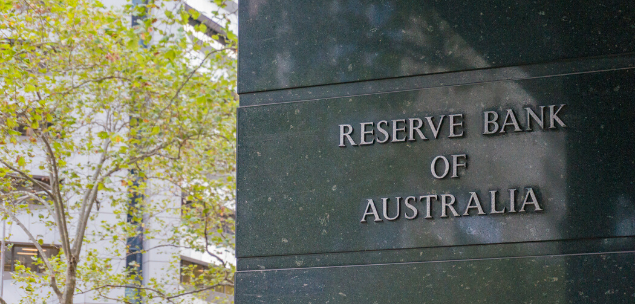The Reserve Bank has cut the interest rate to a record-low 0.25 per cent in an historic suite of economic support to cushion the blow of the coronavirus pandemic.
The widely anticipated emergency rate cut means the central bank has also pulled the trigger on its first-ever quantitative easing program in a bid to boost cash supply and encourage lending and investment.
A key plank of the RBA’s support package is the creation of a $90 billion lending facility to banks for small and medium businesses, adding to a $15 billion loan scheme for small and medium lenders also announced by federal government on Thursday.
The RBA had already reduced the cash rate to 0.5 per cent at its regular board meeting this month to buttress the nation amid rising fears of a coronavirus-induced recession.
The announcement is in addition to government’s $17.6 billion stimulus package it announced last week.
Fidelity International’s cross-asset specialist Anthony Doyle said today’s rate cut and the commencement of a QE (quantitative easing) program was a historic day for the nation.
“For the first time in its 75-year history of being responsible for monetary policy … the RBA can no longer meet its objectives using traditional monetary policy,” Mr Doyle said in a note.
RBA Governor Philip Lowe said the bank would also launch into QE, where it will buy Australian government bonds in the secondary market with a target yield on three-year bonds of about 0.25 per cent.
“The functioning of major government bond markets has been impaired, which has disrupted other markets given their important role as a financial benchmark,” Dr Lowe said in a statement on Thursday.
“Funding markets are open to only the highest quality borrowers.
The RBA will provide a $90 billion term funding facility for the banking system, with particular support for credit to small and medium-sized businesses.
Exchange settlement balances at the Reserve Bank will be remunerated at 10 basis points rather than zero as would have been the case under previous arrangements.
This will mitigate the cost to the banking system associated with the large increase in banks’ settlement balances at the Reserve Bank that will occur following these policy actions.
The RBA will also continue to provide liquidity to Australian financial markets by conducting one-month and three-month repo operations in its daily market operations until further notice.
BIS Oxford chief economist Dr Sarah Hunter said it was clear the RBA did not intend to remove its support until the recovery in the economy was firmly established.
“Although the outlook is still very uncertain, it is likely that QE will be used throughout this year and potentially into 2021,” Dr Hunter said.
“And the cash rate is unlikely to be raised for quite some time – we don’t expect to see any increase in 2020 or 2021.”
Dr Lowe maintains Australia’s financial system is resilient and well placed to deal with the effects of the coronavirus.

